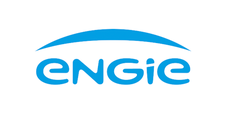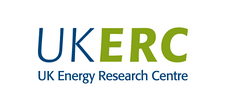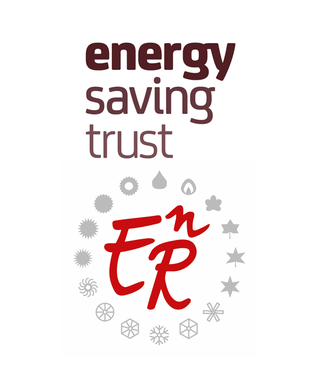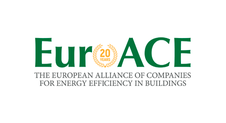Search eceee proceedings
The effect of energy labelling on consumers’ decision: a field experiment in Spanish appliances’ retailers
Panel: 3. Policy and governance
Authors:
Maria del Mar Solá, Basque Centre for Climate Change, BC3, Spain
Amaia de Ayala, University of the Basque Country, UPV-EHU and Basque Centre for Climate Change, BC3, Spain
Ibon Galarraga, Bassque Centre for Climate Change, BC3, Spain
Abstract
The primary driver of global Greenhouse Gas (GHG) emissions is the production and consumption of energy. Under this context, is one of the main goals of EU energy policy (European Commission, 2008) is to increase the energy efficiency (EE) of energy-related products.
The most widely used policy in EU are the energy labels. These are designed to highlight the EE of a energy using products. They provide information on the energy consumption, on the possible use of other resources (e.g. water) and on the comfort levels of the product (e.g. noise level). For an energy labelling scheme to be effective individuals must recognize them, must understand the information provided, must trust the label and must find the information useful.
The effectiveness of energy labels in promoting EE purchases has been called into question (Heinzle and Wüstenhagen, 2012; Noblet et al., 2006; Waechter et al., 2015a). There is a currently growing literature that studies the capacity of the energy labels to influence consumers’ choices. In the case of household appliances, several studies point out that providing running-cost information potentially improves the effectiveness of the labels.
Under this context, a field experiment has been carried out between February and July 2018 to test the effectiveness of a monetary labelling system on retailers in Spain. The experiment involves three product categories: washing-machines, fridges and dishwashers.
So as to promote the purchase of energy efficient household appliances, two hypotheses have been tested:
(i) providing energy savings information through a complementary energy label; and
(ii) training of the sales staff on energy efficiency.
Results will be helpful to design future EE policies as regards to the effectiveness of providing energy savings info.
Downloads
Download display as pdf: 3-204-19_Sola_display.pdf
Panels of
1. The dynamics of limiting (energy) consumption
2. What's next in energy policy?
4. Monitoring and evaluation for greater impact
5. Smart and sustainable communities
7. Make buildings policies great again
8. Buildings: technologies and systems beyond energy efficiency
9. Improving energy efficiency in ICT, appliances and products

























